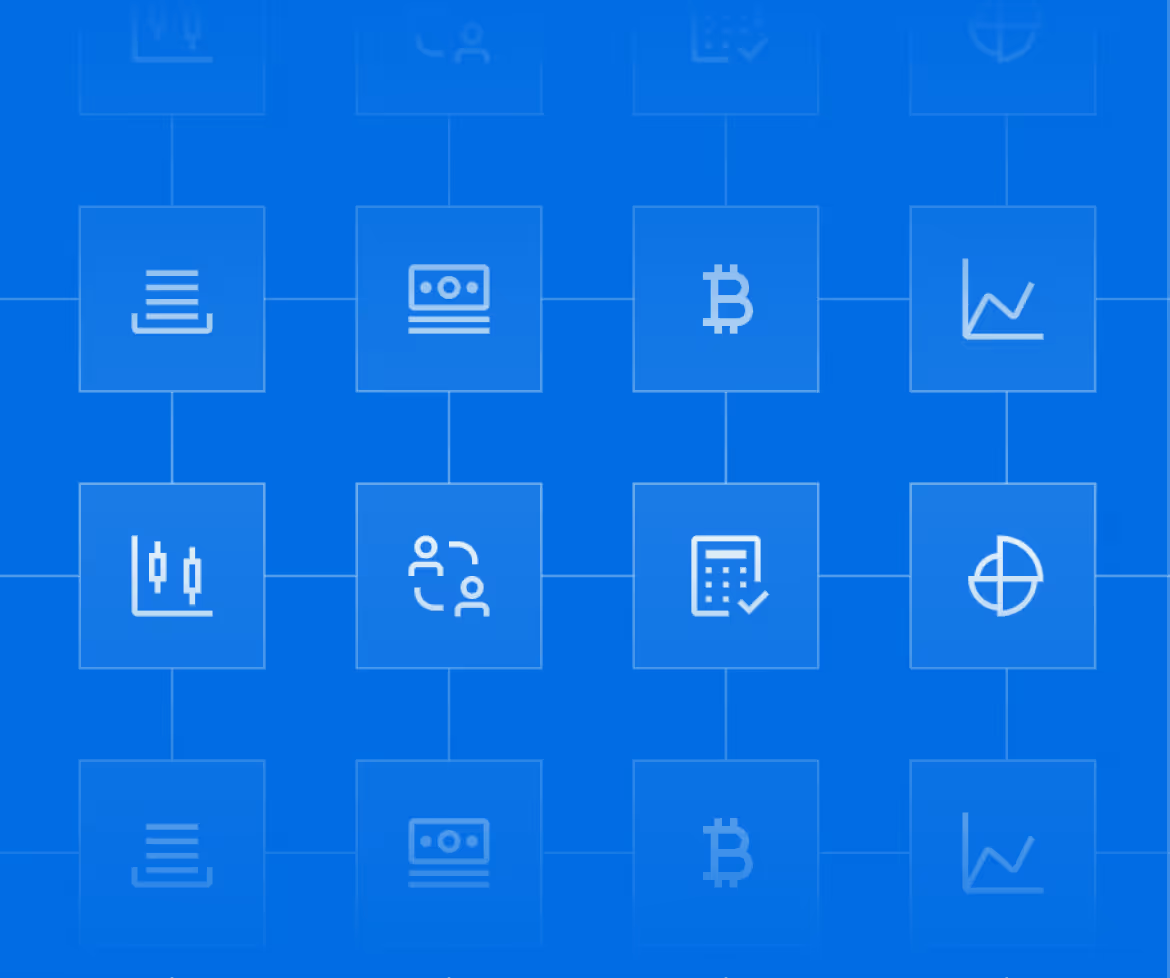Futures Options History
Access deep historical futures options data via API or file services to power research, risk analysis and trading.

Comprehensive Historical Futures Options Data
Accurate, flexible, and built to scale with your needs

Unlock Historical Insights
Access end-of-day prices, Greeks, implied volatility indices, and aggregate stats to analyze, hedge, and build strategies across futures options with confidence.
Built for Accuracy and Scale
Sourced from real-time feeds and covering major exchanges since the early 2000s.
Deliver Data Your Way
Flexible delivery via API or file-based services ensures fast, secure integration into your workflows.

Why users choose Futures Options History

Hear From Our Clients
Companies Using Our Services

Frequently Asked Questions
For additional questions, contact our support team.
Options on futures are contracts that gives the holder the right, but not the obligation, to buy or sell a particular underlying futures contract at a predetermined (strike) price on or before their expiration.
We have global coverage from most global futures exchanges. Check out our options data catalog for more details.
We use the Black 76 model for most options and the Bachelier model for spreads. Implied volatility and Greeks are calculated using option and futures settlement prices, along with US Treasury and Canada Bank Rate as risk-free inputs.
End-of-day (EOD) data includes prices, OIV, Greeks, volatility, and metadata. Full data adds expiration-level stats, implied volatility indices, and root-level aggregates.
In addition to the EOD prices and greeks at options instrument level we provide aggregate stats at the underlying options expiration level and implied volatility indices and aggregate stats at the root level.
We have deep historical coverage with the earliest data available from the 2000s. The extent of historical data availability varies based on the exchange. Learn more about the historical coverage here.
Settlement prices are released at 4:30 pm CST for markets below:
European and Asian Futures OptionsNorth American Agriculture Futures Options
Settlement prices are released at 7:00 pm CST for markets below:
North American Energy, Financials, Metals and Equities
Futures Options
Final update for the trading date is released 8:30 pm CST for all exchanges except EUREX and 10:30 pm CST for EUREX.
Data can be accessed via API or delivered as flat files. Checkout the API details to learn more.
Yes, sample data or a trial can be made available for qualified users. Please reach out to solutions@barchart.com to learn more.

.avif)

Want to learn more?
Connect with our team to see how Barchart can deliver a custom solution tailored to your business needs.

.svg)


.avif)



